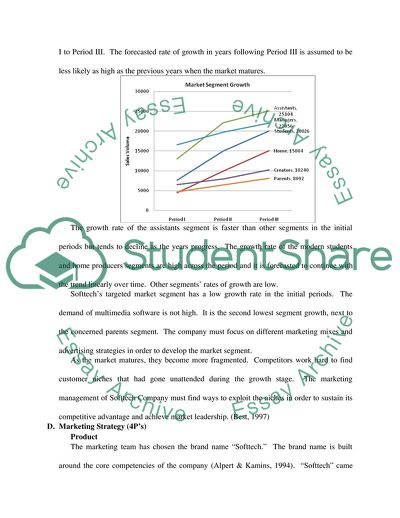Cite this document
(Step-By-Step Guide for Increasing the Market Share of a Software Devel Case Study, n.d.)
Step-By-Step Guide for Increasing the Market Share of a Software Devel Case Study. Retrieved from https://studentshare.org/marketing/1724061-the-marketing-game-report
Step-By-Step Guide for Increasing the Market Share of a Software Devel Case Study. Retrieved from https://studentshare.org/marketing/1724061-the-marketing-game-report
(Step-By-Step Guide for Increasing the Market Share of a Software Devel Case Study)
Step-By-Step Guide for Increasing the Market Share of a Software Devel Case Study. https://studentshare.org/marketing/1724061-the-marketing-game-report.
Step-By-Step Guide for Increasing the Market Share of a Software Devel Case Study. https://studentshare.org/marketing/1724061-the-marketing-game-report.
“Step-By-Step Guide for Increasing the Market Share of a Software Devel Case Study”, n.d. https://studentshare.org/marketing/1724061-the-marketing-game-report.


